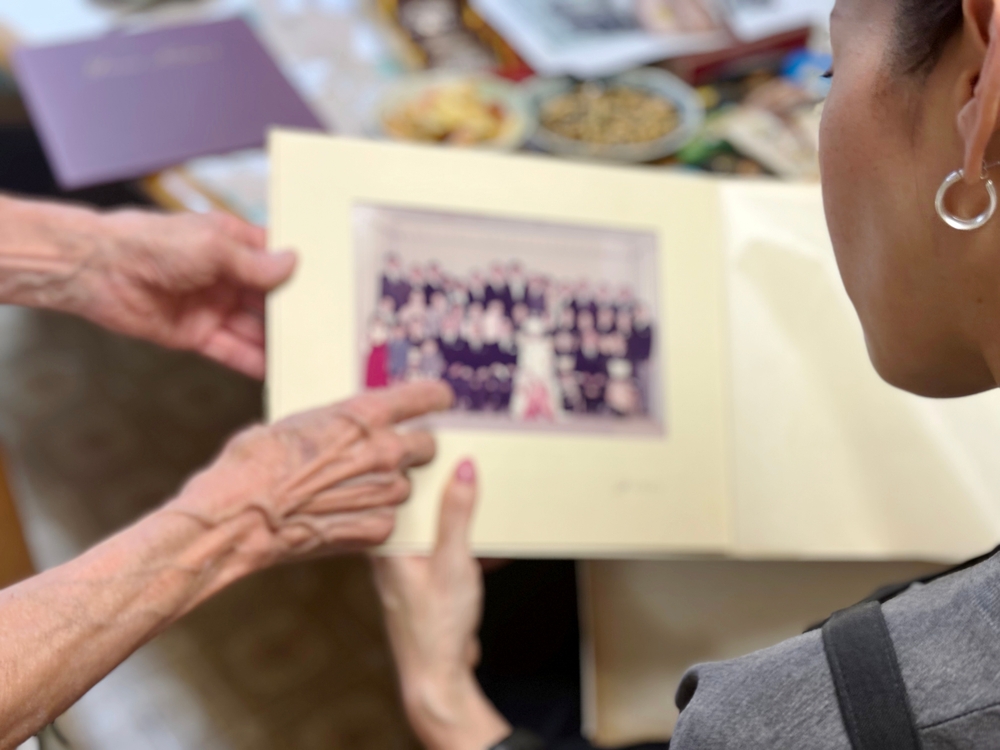
Organizing Your Home: Decluttering and Downsizing Tips Before a Move to a Care Facility
Transitioning to assisted living can be an exciting new chapter in life, but the process of moving can feel daunting, especially when it comes to downsizing and organizing a lifetime of belongings. For seniors and their families, deciding what to keep, what to donate, and what to discard can stir up emotions and feel overwhelming. However, with careful planning and a systematic approach, decluttering and downsizing can be a positive and transformative experience.
1. Start Early and Plan Ahead
One of the most important steps in the downsizing process is to start early. Give yourself plenty of time to sort through belongings and make decisions. By beginning well in advance of the move, you avoid the pressure of rushing through the process, allowing for thoughtful consideration of what to keep and what to let go of.
Tip: Create a timeline and work on one room or category of items at a time. Breaking it down into smaller tasks makes it more manageable.
2. Sort with Purpose
A helpful approach to decluttering is to organize items into four categories: keep, donate, sell, and discard. As you sort, ask yourself how often an item is used, whether it holds sentimental value, or if it will be needed in your new living space.
Keep: These are essential items that will be needed in your new home. For example, clothing, necessary furniture, and cherished personal items like family photos or mementos.
Donate: Items that are still in good condition but no longer serve a purpose in your life can be donated to charities or passed on to friends and family.
Sell: Some items, such as collectibles or gently used furniture, may be worth selling. Hosting a yard sale or selling items online can also generate a little extra cash for the move.
Discard: Things that are no longer usable or have outlived their purpose should be recycled or thrown away.
3. Focus on Functionality in Your New Space
Assisted living communities like Oakey offer comfortable living spaces, but they are typically smaller than traditional homes. It’s important to focus on bringing items that will be functional in your new space.
Furniture: Measure your new living space before moving day to ensure that your furniture will fit. Keep only the pieces that will be functional, such as a favorite armchair, a small dining table, or a bedside table.
Decor: While it’s tempting to bring many decorative items, try to limit these to a few key pieces that bring joy and comfort. Overcrowding can make a space feel cluttered.
4. Involve Family Members
Downsizing can be an emotional process, especially when dealing with items that carry significant memories. Involving family members in the process can provide support and help make the task less overwhelming.
Invite children or grandchildren to participate in sorting through items. They may be interested in inheriting sentimental pieces or helping to make decisions on what to keep. Having family members present can also offer a sense of closure when parting with beloved possessions.
5. Keep Sentimental Items in Mind
It’s natural to feel attached to certain belongings, particularly those tied to important memories. However, keeping everything isn’t always practical. Consider alternative ways to preserve the memories tied to sentimental items without holding onto every single one.
For example, instead of keeping a large collection of items, select one or two that hold the most meaning. Or, if you’re finding it hard to part with an item, consider taking a photo of it to keep the memory alive without taking up space.
6. Digitize Paperwork and Photos
Seniors often accumulate years of paperwork and photographs, which can take up valuable space. To help reduce clutter, consider digitizing important documents and photos. Scanning these items allows you to store them electronically, giving you access to them without the need for physical storage.
Keep only essential paper documents, such as legal paperwork, medical records, and financial statements, while recycling outdated files.
7. Let Go of Duplicates
As you go through your belongings, you may find that you have duplicates of certain items, such as kitchenware, linens, or tools. Letting go of extra items can free up a lot of space. Keep only the best or most functional version of each item.
8. Hire Professional Help if Needed
If the thought of decluttering and downsizing feels too overwhelming, don’t hesitate to seek professional help. There are services that specialize in helping seniors with the transition to assisted living, offering assistance with sorting, organizing, packing, and even selling items. A professional can provide valuable support during the process and help ensure that everything runs smoothly.
9. Focus on the Benefits of a Simpler Life
Though downsizing can be emotional, it’s important to focus on the benefits that come with a simpler, more organized life. Moving to a smaller space encourages a minimalist lifestyle, reducing the stress of maintaining a larger home and providing more time to enjoy hobbies and activities.
At Oakey Assisted Living, residents have access to a range of amenities and services designed to enhance their quality of life, from housekeeping and meal preparation to social activities and healthcare support. By simplifying your belongings, you open yourself up to a new, more carefree lifestyle, where you can focus on enjoying your days rather than managing clutter.
Final Thoughts
The process of decluttering and downsizing can be challenging, but with a clear plan and the right mindset, it can also be a liberating and rewarding experience. Remember to take your time, involve your loved ones, and stay focused on the exciting opportunities that lie ahead in your new home. At Oakey Assisted Living, we are here to support you every step of the way, ensuring that your transition is as smooth and stress-free as possible.
By following these tips, seniors and their families can make the process of moving into an assisted living community more manageable and even enjoyable.
